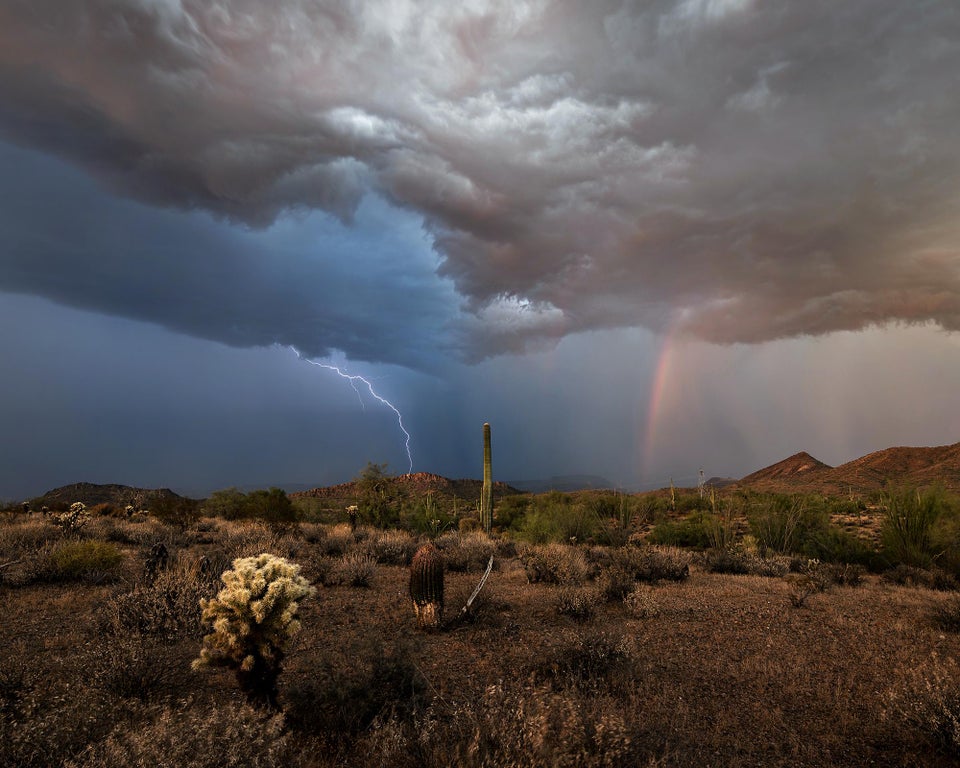The Daily Escape:

Monsoon season, AZ – September 2019 photo by FHatcher
The immigration crisis has many threads, but one that hasn’t gotten the focus that it needs is the ongoing problem with the immigration courts. From the NYRB: (brackets by Wrongo)
“Trump’s attempts to close possible paths to immigration have meant ramping up activity in [Immigration] court. Some immigration judges operate out of courthouses, others work out of detention centers, and some have been transferred—both in person and virtually—to courts along the border. Over the course of a week in the Rio Grande Valley….It was common to see people be forced to leave the US after hearings lasting minutes.”
According to the AP, the Trump administration has hired nearly 200 new judges and plans to add at least 100 more. Nearly half of currently sitting immigration judges were appointed by Trump, and about half of these new judges had previously been attorneys for ICE.
Immigration judges are employed by the Justice Department, not the judiciary. They make the decisions about who gets to stay in the US, and who has to return to their home countries.
We’ve all heard about the immigration court backlog. It’s becoming so large that the government may have to suspend asylum hearings until it can be brought under control. The Hill reports about the backlog:
“It was 542,411 cases in January 2017, when President Donald Trump took office, and it increased to 1,007,155 cases by the end of August 2019, with an average wait for a hearing of 696 days. In addition, there are 322,535 pending cases that have not been placed on the active caseload rolls yet. When they are added, the backlog will be more than 1.3 million cases.”
The three largest immigration courts are so under-resourced that hearing dates were being scheduled as far out as August 2023 in New York City, October 2022 in Los Angeles, and April 2022 in San Francisco.
One result is that judges have been taking a harder line under Trump than in the Obama administration, denying 65% of asylum cases during the 2018 fiscal year, compared with 55% two years earlier.
Trump’s transformation of immigration law started under former Attorney General Jeff Sessions. Now, under William Barr, the DOJ has taken legislation passed over the years and used it to drive large-scale changes to immigrant rights.
Unlike the judges in federal or state courts, immigration judges can be fired or reassigned by the AG, and they face sanctions if they don’t process cases rapidly.
Currently, the AG can override decisions issued by immigration judges once they are appealed to Executive Office for Immigration Review (EOIR). An interim rule, issued by the DOJ that took effect Monday, delegates that responsibility to the EOIR director. The director, who is not confirmed by the Senate, can now decide cases pending before the appeals board.
The new rule has caused an uproar among career employees who said their independence has been usurped by a political appointee. In fact, the NYT reports that the union representing the nation’s immigration judges filed two labor complaints against the Justice Department last week. The National Association of Immigration Judges, representing the 420 judges, filed one of the complaints after the Justice Department moved to decertify the union.
DOJ claims that the judges were management officials and therefore ineligible for collective bargaining, an argument they pursued unsuccessfully in 2000. The judges and the Trump administration have frequently clashed, and the union has for years pushed for independence from the Justice Department altogether.
The simple fact is that as more and more cases are placed on a single judge’s docket, immigrants assigned to that judge are inevitably required to wait longer and longer before an available time slot opens up for their hearing. And the asylum seeker isn’t represented by a lawyer, and the case is usually decided in less than five minutes.
The entire immigration problem needs to be addressed, and Democrats must go further than just talking about the humanitarian crisis at the border. Taking a hard look at the immigration judges’ backlog, and funding at least on a temporary basis, many more can partially alleviate the humanitarian problems.
We have to act to prevent a catastrophic collapse of our immigration court system, a collapse that could force America to stop accepting asylum applications until the backlog can be brought under control.
Wake up America! That just may be what Barr and Trump are angling for.
